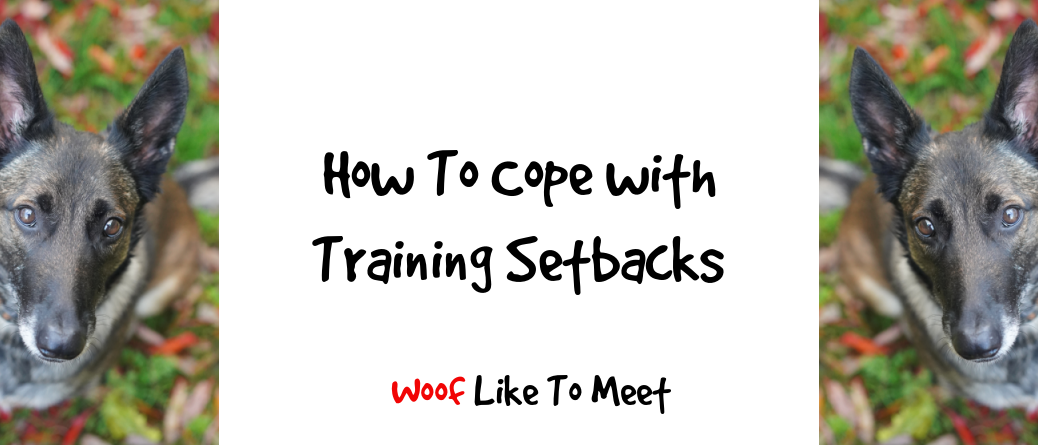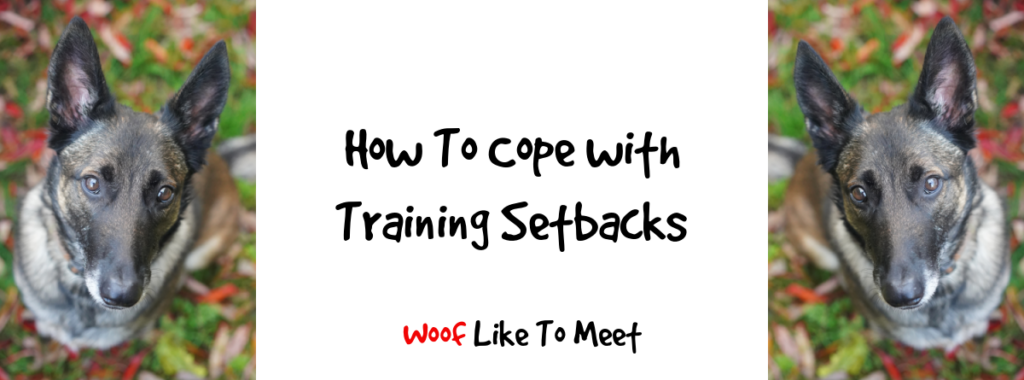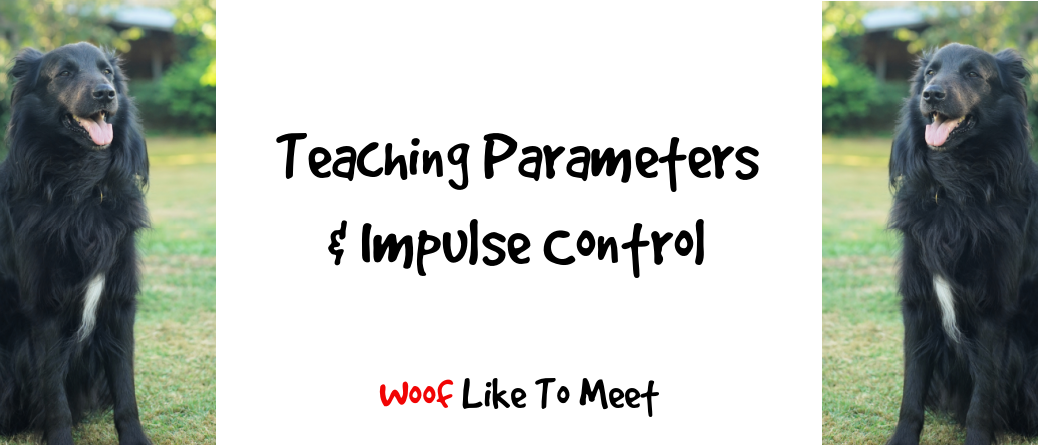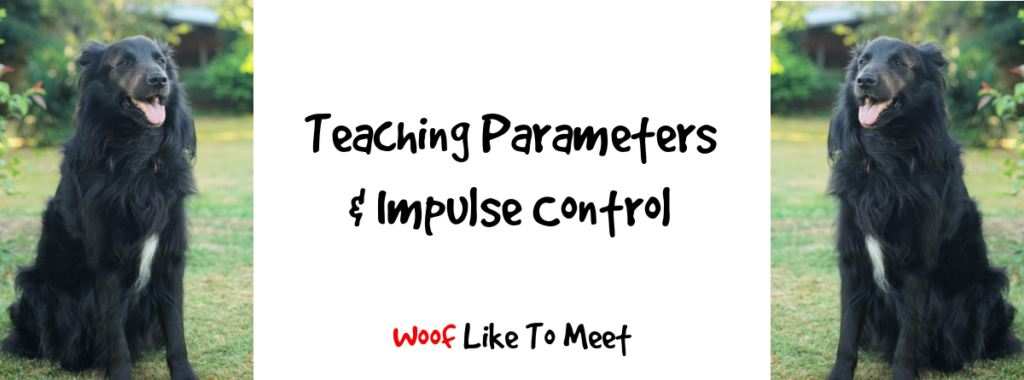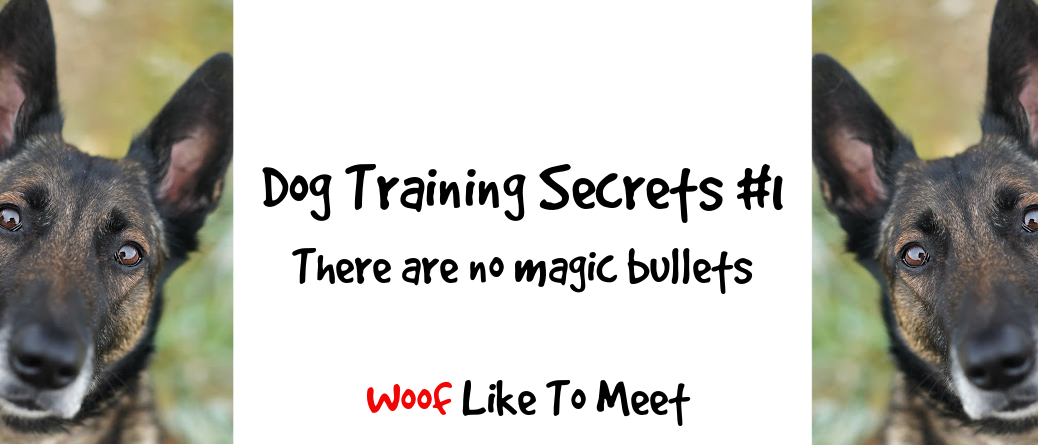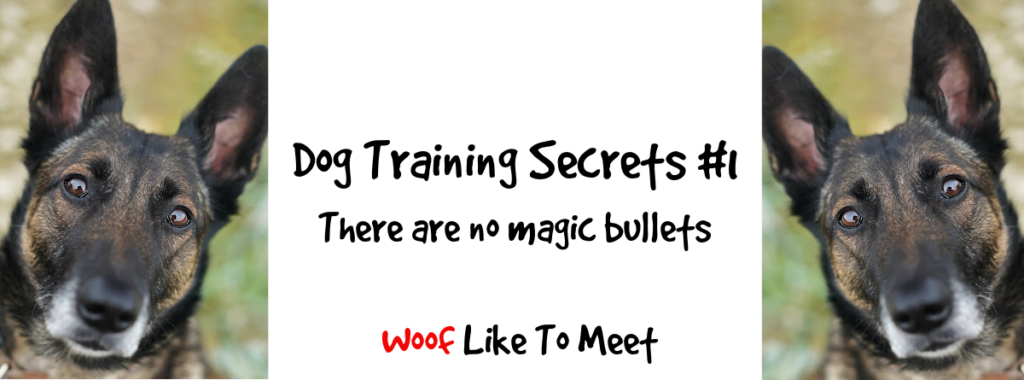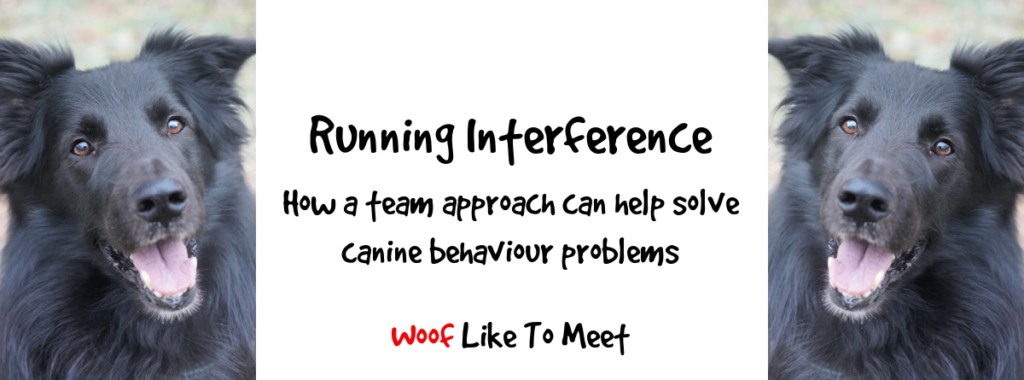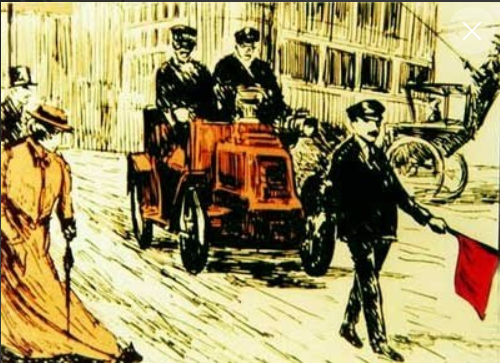Most of my clients come to me with dogs who are fearful, reactive or aggressive. Some of their dogs are shy; others are confident and a little boisterous. Usually they have problem behaviours that are interfering with their own well-being or the well-being of those around them. Some have problems with their guardians or with dogs in the home; others have problems when out in the real world and faced with life at large.
Solving the problem is never the issue: there are no problems we haven’t seen before. There are no dogs who have problems that other trainers or other vets, other guardians and other dogs haven’t overcome. There is nothing new in the world of dog training. There’s nothing new in the world of dogs.
Finding a way to solve the problem that fits your specific circumstances is a little tougher. All training needs time to acquire the skills you need and time to proof them in progressively more challenging circumstances. It’s that heady mix of slowly and surely, systematically and thoughtfully.
I’ve said before that there are no magic bullets. It’s just getting the little stuff right and practising until you’ve got it. Start way easier than you could ever imagine you need to and take the tiniest, baby steps until you’ve got it sorted.
Two things happen along the way though.
The first is that you worry it’ll never be right, that your dog will never be over their problem. You worry that they’ll never be ‘better’ and that you’ll never be able to cope. You worry that you’ll never be able to do X or Y. You worry that you might not get around to being able to do A or B, let alone X and Y. This generally happens about four to six weeks in, when you’ve forgotten the great progress you’ve already made.
You might, for example, have gone from worrying on every single walk that your dog was going to bark or lunge at someone. You might have gone from regular jumping, digging or humping to practically none at all.
But you’ve been managing the situation and you’ve been carrying the burden of making sure you never put your dog in situations that were too hard for them to handle. It’s all been on you.
Don’t get me wrong – they’ll have been great. You’ll have worked on focus, on impulses, on manners. You’ll have been desensitising like mad and counterconditioning like a fool, and you’ll have got your u-turns and your hand touches down perfectly.
You should have had a month of great experiences.
But in the back of your mind is the nagging doubt as you move to more challenging situations. The nagging voice that says, ‘What if?’
What if someone appears out of nowhere? What if a guest encourages my dog to start humping again? What if the delivery guy sets foot on the property?
A lot of this comes from having kept your dog safe during the early stages of training. That burden has been on you and it’s been tough. It’s hard to think of every single thing that could go wrong and plan it so that it doesn’t. It’s an emotional strain – just as it is living with dogs who have any kind of problem.
As you move out into the real world again and you start to put your dog and your training to the test, it’s bound to be nerve-wracking. My advice is to get a trainer to help you with it. However, they can’t be with you every single trial you’re going to do over the next three months. As you place your dog in more and more challenging situations, two things will happen. The first is that you’ll begin to have faith in them. The second is you worry they’ll relapse.
Heston is my go-to demo dog these days. He had 8 years to prepare for it, where other dogs carried that burden. Ralf, Amigo, Flika… they’d all done their share of helping guardians and their dogs. Heston, not until last September.
To be frank, Heston missed out on some stuff I should have taught him and I didn’t know enough then to raise him as thoughtfully as I should have done.
Oh well.
We trained. I kept him safe. Gradually, we met the world again. Vet surgeries and human contact, he’s come to tolerate if not enjoy. We learned how to cope around livestock and we learned not to go mental if we see wild boar sunning themselves. We learned not to chase swallows and not to bark at crows.
He has been the best demo dog. Mostly because he’s made the journey my clients’ dogs are making. He’s moved from barking at joggers and shouting at hikers to impeccable behaviour around all kinds of scary, strange humans. We found ourselves once in a masked parade by accident (don’t ask!) and our former worst nightmare turned out to be a walk in the park. He’s stopped over-reacting when he sees dogs and he is an absolute dream with dogs in the vets.
This is not to brag. This is to say, ‘Have Faith’.
Those As and Bs you don’t think you can do today will be Xs and Ys that will be a breeze in the future.
You don’t only need to have faith in your training and in that slow and repetitive process. You also need to rebuild your trust. I remember the day Heston lunged at a jogger who didn’t give us a wide enough berth, despite him barking like a maniac at her. That slow and steady process rebuilt my trust in him and his trust in me.
Every walk with Lidy, every car journey, we’re building trust. I get to watch her horizons broaden, little by little.
Lidy is never going to be my demo dog. That’s fine. I never expected she would be. She will be safe and her world will gradually get bigger, month by month. We might end up with some Cs and Ds instead of As and Bs.
Having faith, rebuilding your trust and respecting hard boundaries is all part of the process.
There will be days it will fail.
I remember about 18 months into working with Lidy. She’d not had any confrontations for those 18 months. One Saturday (coincidentally the Saturday I met Flika!) all her nightmares came at once: Saturday walks in the shelter, darkness, too many people, too many visitors, a man lumbering towards her. She couldn’t cope. Nothing much happened other than me getting a new set of holes in a coat. But it felt like everything had gone.
When it fails, we tend to think all has failed. It’s all been for nothing. Everything was wrong.
What we need to do is realise two things: what we were doing was working and we’re never back at Square One.
Repeat that like a mantra every single time you have a set back. You are never back at Square One.
You are NEVER back at Square One.
All your work counts.
Those 18 months of training and trust didn’t get wiped out in one fell swoop.
No.
We re-set. We re-calibrate (thanks Frances!).
We take a deep breath and we keep doing what we were doing.
I’m now 3 years past that last incident with Lidy. I have no new holes in my jumpers. We’ve seen very muscular joggers running at us. We’ve had dogs appear from nowhere. We’ve crested the hill of what we would do when an off-lead dog was going to come bounding over to us. That bridge has been crossed and the water has well and truly passed beneath it.
We crest new hills all the time. She isn’t the dog she was. Heston is not the dog he was.
None of this is magic bullet stuff. If you read my articles, you know it’s patience, training and working with the dog at their pace. That’s all.
But it’s not just about the dog. It’s about us.
We need to remember to have faith. We need to trust in the process. We need to remember that we’re never back to Square One on the Snakes-and-Ladders board called Life. All that work counts.
So if you’re just starting out with your training plan, remember it’s as much about you as your dog. It’s about you remembering that progress isn’t linear and that life is what happens when you’re busy trying to hold it at bay.
Don’t waste your worries on whether you’ll be able to take your dog to the beach in two years’ time, if they’ll cope in kennels, if they’ll survive yet another off-lead dog running up to you, if they’ll ever stop humping Auntie Kitty.
All your training counts.
It can be hard to keep the pessimism at bay when you’re dealing with dogs with problems. There’s no good reason, though, that you can’t achieve at least some improvement before you compromise and settle on a life that suits both you and the dog.
Grit your teeth, make your training plan and keep going!

